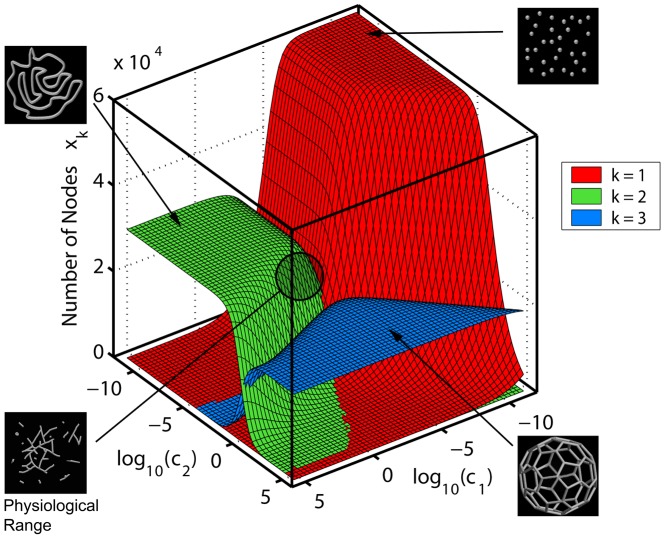Figure 2. Steady state solutions ( Eq. 3 ) of differential-algebraic model of the mitochondrial reticulum ( Eq. 2 ).
Numbers xk of network nodes of degrees k = 1,2,3 are plotted as a function of relative intensities of fusion and fission for a mitochondrial reticulum of size L = 3·104 approximately corresponding to a HeLa cell line. A unique reticulum configuration characterized by the number of mitochondrial tips x 1 (red), bulk nodes x 2 (green), and branching sites x 3 (blue) corresponds to each value of the ratio between fusion and fusion rates for tip-to-tip (c 1) and tip-to-side (c 2) processes. Schematic drawings of representative network configurations are shown in the insets, along with their approximate location in the parameter space. Unlike the fragmented or hyperfused networks resulting from disproportionate fusion and fission activities, in the physiologically relevant parameter range the reticulum configuration is heterogeneous and especially sensitive to changes in c 1 and c 2.

